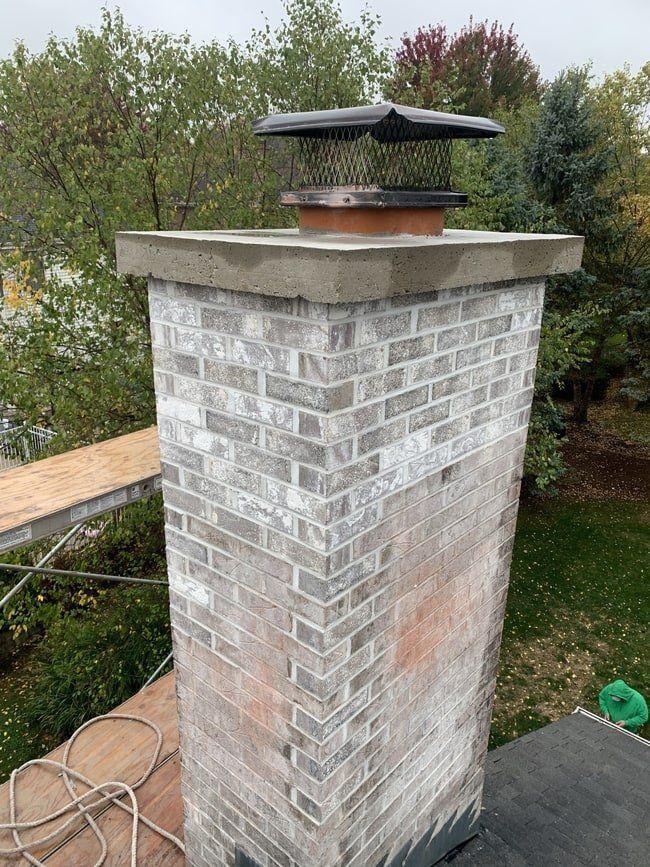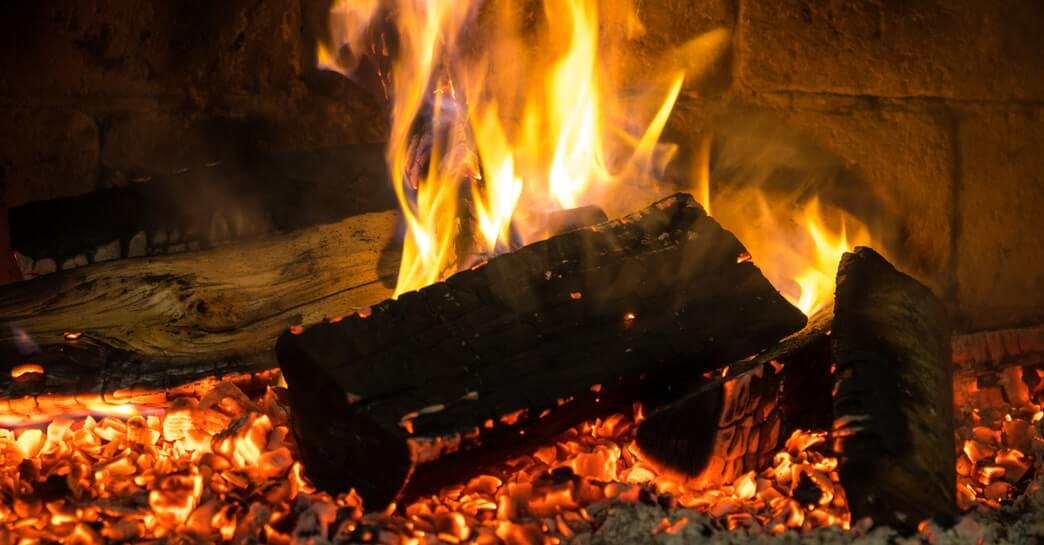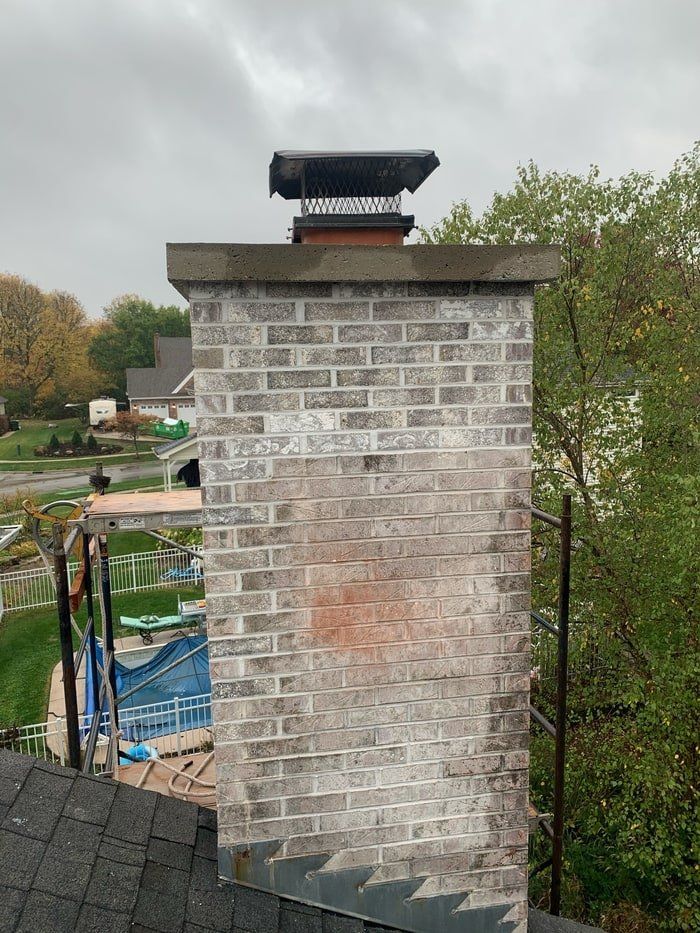Is it normal for embers to come out of a chimney?
When you are using a fireplace in your home, you have the comfort of a warm home, especially during cold winters. Fireplaces are a luxury to others, but if you live in places where winters are harsh, fireplaces are a necessity.
If you have a fireplace in your home, it is your responsibility to take care of it. There are some things that should be regularly done to keep your fireplace safe, such as having it cleaned and inspected, ideally every six months, depending on your use. Not taking care of your fireplace properly can increase the possibility of some problems happening, and one of them is when embers are coming out of your chimney.
Are embers coming out of your chimney a cause for concern?
When we are talking about embers, it is a small chunk of glowing coal or wood that is made from a fire. Because a fireplace’s main function is to produce fire and heat, some homeowners think that embers shooting out from their chimney are normal, but this is not the case. In fact, if there are embers coming out of your chimney, you should put the fire in your fireplace out immediately and then call for an expert to do an inspection and chimney sweep.
There are several reasons why your chimney has embers, but it leads to one thing – and that is a chimney fire. Chimney fires are one of the main causes of fires happening in the United States. Every year, there is an estimated amount of around 20,000 households affected by chimney fires. When embers are coming out of your chimney, nearby properties and trees are highly at risk, as there is a possibility of fires to start due to these embers. This is why embers shooting out from chimneys are treated as a serious cause of concern by chimney professionals.
What should you do if you notice it?
In the event that embers are coming out of your chimney along with the following signs:
- Sparks and flames
- Black and dense smoke
- Warped and cracked parts of the masonry
- Cracking noises
This would mean that there is a chimney fire. If this is the case, the best thing you can do is to call your fire department immediately before it turns into a much bigger fire that can result in your property and nearby ones burning or harming other people and animals in the area.
If there is no fire department near you or if it would take them a long time to arrive, you may need to start extinguishing the fire yourself. If you have a chimney fire suppressant installed, they will be helpful at this time, as they are meant to stop chimney fires conveniently. When you do not have one, here are the things you have to do:
1.Get everyone out of the building
Before doing anything to attempt to suppress the chimney fire, it would be best to evacuate all the people dwelling in the building. As always, safety is the priority.
2. Shut off all the flue dampers and air vents
When air vents are open, this can make the fire even more intense. Closing the dampers and vents will reduce the intensity of the fire.
3. Move furniture away
If the fire has not yet spread on the building’s interior, you can move away all flammable furniture and things from your fireplace to minimize the damage of the fire. You have to be careful though, as you can inhale some smoke that will be detrimental to your wellbeing. Remember, this is only recommended if the fire is still small. If the fire is already spreading, it would be extremely unwise to think about saving your stuff.
4. Use your fire extinguisher
This is why fire extinguishers are required whenever you have a fireplace. In cases of fire, you can use it to suppress the flames. Follow the instructions on how to use your extinguisher properly.
5. Wait for the fire department
When the fire has already spread and there is nothing more you can do, or if you are not confident that you can do something about it by yourself, just go outside and wait for the professionals to arrive.
How do you take care of your chimney?
The best way to deal with fires is to prevent them from happening in the first place. This can be done by making sure that your fireplace and chimney are maintained properly.
1.Use the right wood or coal for your fireplace.
There are different types of wood and coal that are meant to be used in your fireplace. If you are using wood, make sure that you are using the dry ones, as using damp wood can result in a faster creosote buildup.
2. Have your chimney inspected once a year.
The Chimney Safety Institute of America (CSIA) recommends homeowners to have their chimneys inspected at least once a year to detect problems as soon as possible.
3. Have your chimney swept depending on your usage.
If you are using your fireplace more often, it is recommended to have your chimney swept every couple of months.
4. Have a cap installed on your chimney.
When you have a chimney cap installed, it helps in keeping debris from entering your fireplace.




